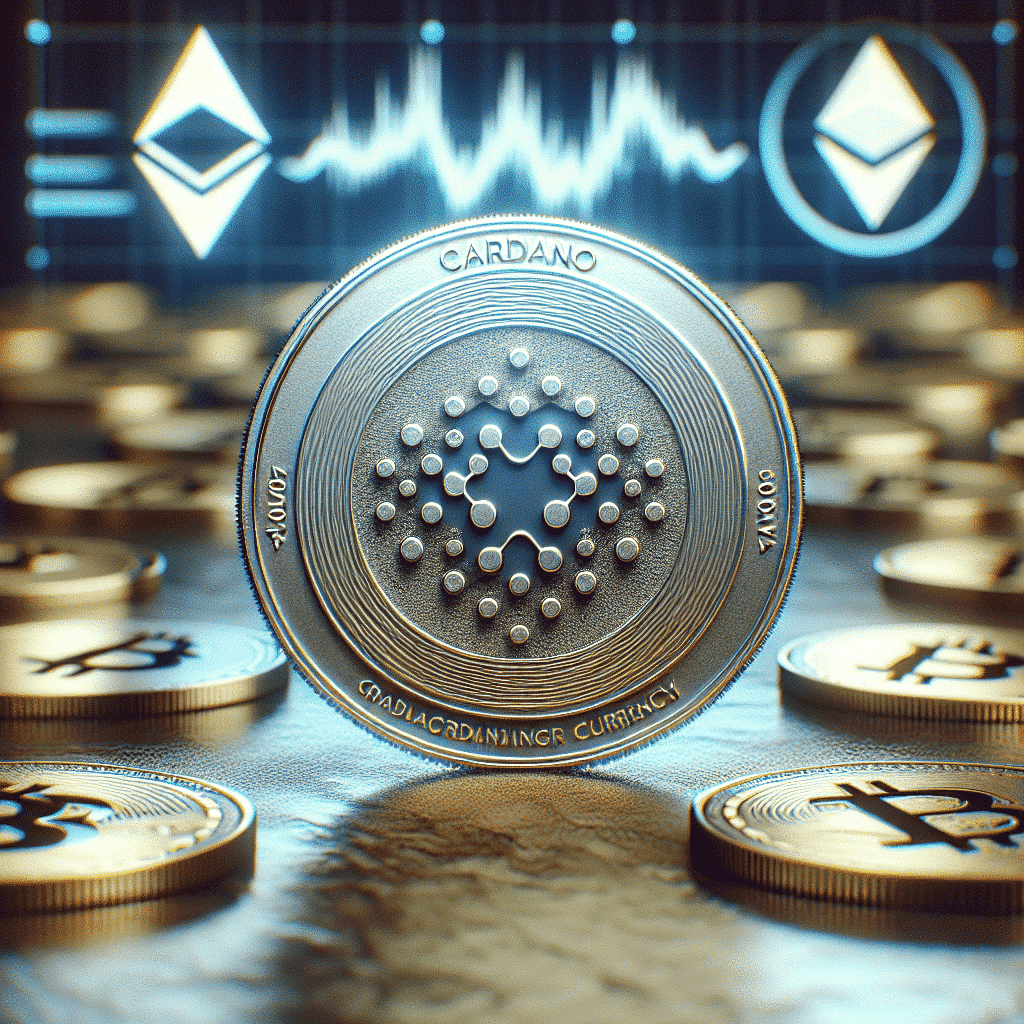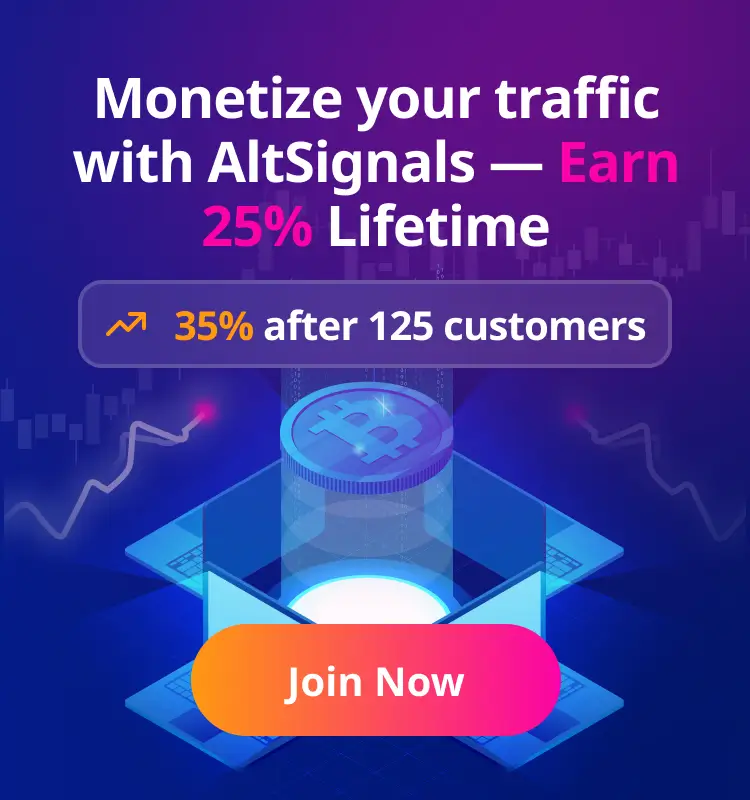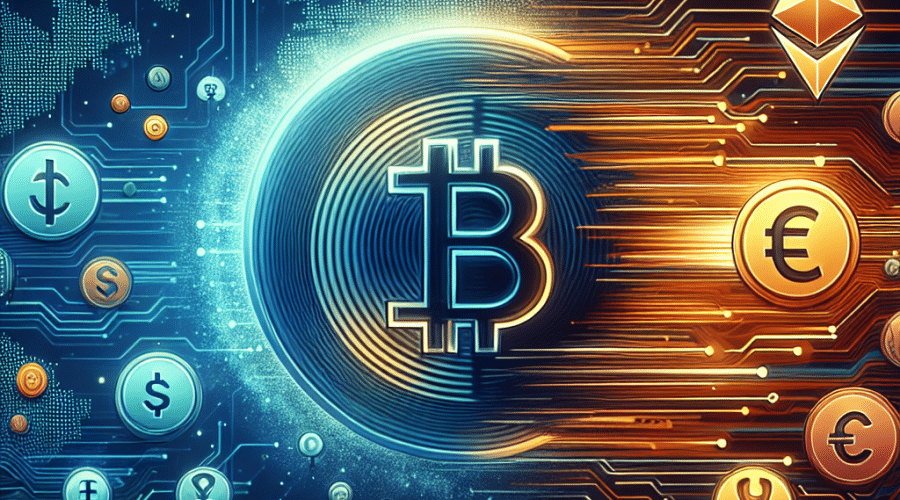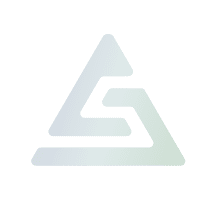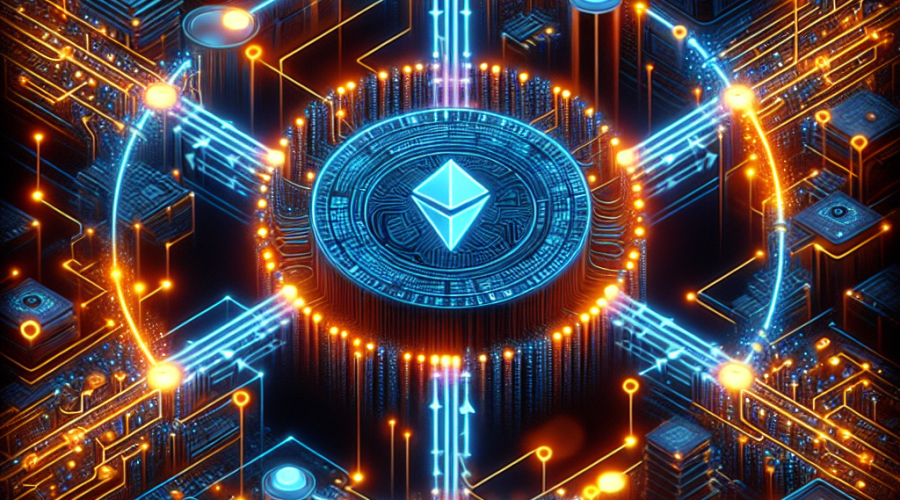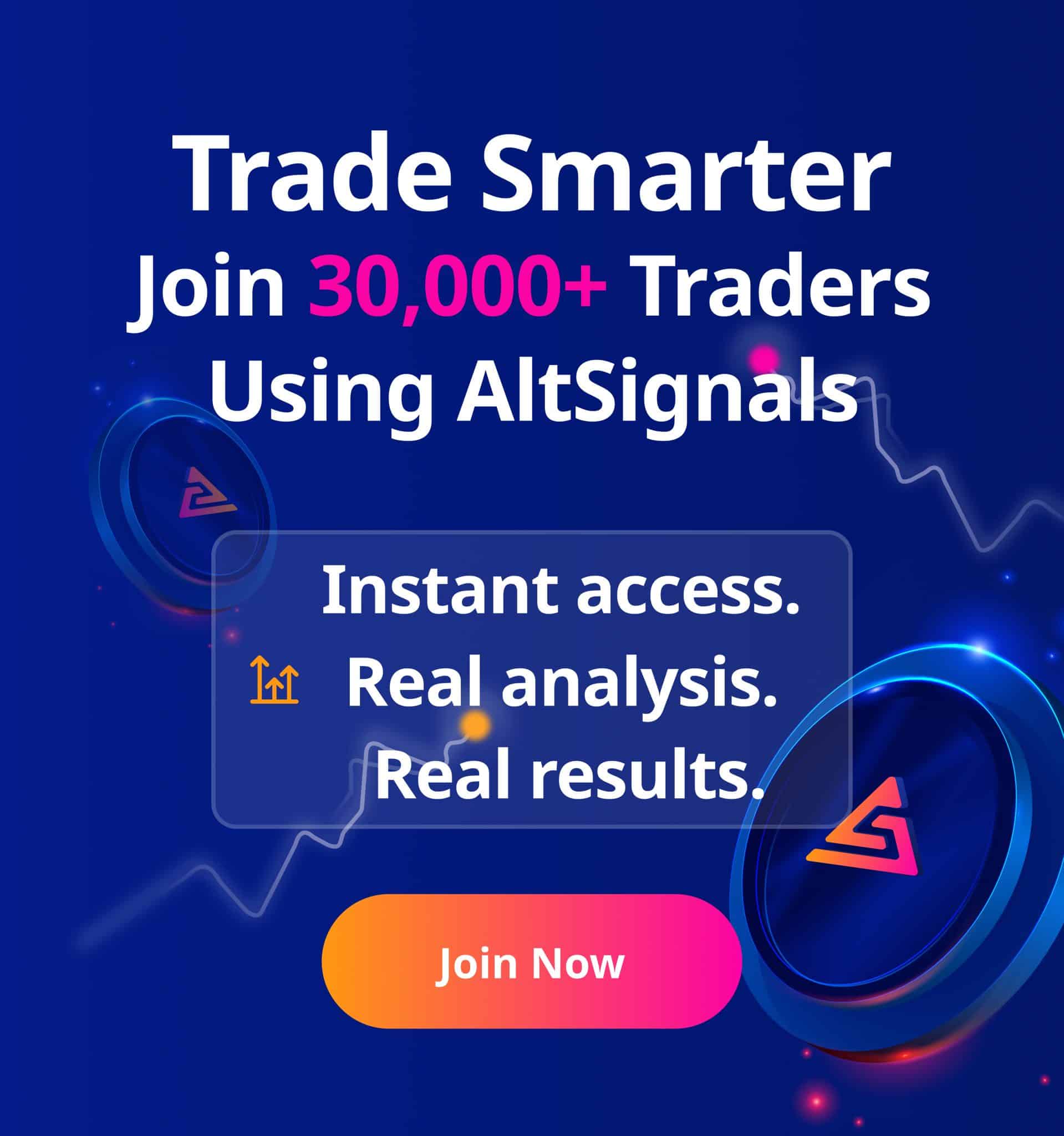Cardano’s Crucial Market Positioning And Future Potential
Cardano, one of the promising digital currencies in the crypto world, has lately been trading in a precarious range. Its value rests on a pivotal support level after a significant drop of over 40% from its highest point recorded back in December of the previous year. Recently, Cardano found itself enveloped amidst fluctuations following its founder Charles Hoskinson’s intriguing interview on a prominent YouTube channel.
In the interview, Hoskinson robustly defended Cardano while criticizing rival platforms like Ethereum and Solana. The founder’s faith in Cardano stems from its ongoing efforts towards integration with Bitcoin, a venture he views as a vital differentiating factor and an unexplored $2 trillion opportunity.
Hoskinson’s Vision For Cardano
Hoskinson affirmed that Cardano, under his guidance, would tirelessly strive towards cracking the unexplored landscape. He boldly asserted, “We will work on it hard as we aim to be the Decentralized Finance or DeFi layer of the Bitcoin network. I don’t think Ethereum and Solana have what it takes to achieve this.”
Such a proponent stance resurfaced a few months after Cardano announced its partnership with BitcoinOS, an integration anticipated to be formalized and activated in the coming few months. However, Cardano is not the trailblazer in creating a Bitcoin layer. Other platforms like Core, a layer-2 for Bitcoin’s ecosystem, have gained significant traction attracting 53 developers and a total asset value locked up to $626 million. Similarly, Stacks has managed to accumulate 12 dApps and $104 million in assets.
Hoskinson’s Critique of Ethereum and Solana
Hoskinson didn’t hold back in his criticism of Ethereum for endorsing layer-2 networks that have disadvantageously taken its users. Layer-2 networks like Base, Arbitrum, and Optimism, have emerged as major players in the Ethereum network, dealing with transactions worth billions of dollars. Features like lower transaction fees and leveraging Ethereum’s security have made these L2 networks popular, much to Ethereum’s disadvantage.
Furthermore, Hoskinson vocally disparaged Solana, a major Cardano competitor, arguing about its inability to endure, particularly when data surged within its ecosystem. He believes Solana won’t survive the exponential growth in data flow.
Cardano Price Forecast
An analysis of Cardano’s price demonstrates that the ADA price had peaked in November last year when it reached $1.32. Thereafter it trended downwards. This upward limit was a vital level as it corresponded with the 38.2% Fibonacci Retracement level.
Cardano then dipped to $0.524, setting up the second phase of the Elliot Wave pattern. This stage is usually succeeded by the third phase, which is expected to be bullish and prolonged. Despite the recent turbulence, Cardano continues to remain above the 50-week moving average. This suggests that bulls are in control. Thus, it would come as no surprise if Cardano’s value rebounds back to last year’s high of $1.32, a surge of around 70% from its current level.
Conclusion
In conclusion, the Cardano network is undergoing significant strategic changes and developments. But will it be able to achieve its ambitious goals, and weather the competition from Ethereum, Solana, and other significant players in this fast-paced crypto world? That remains to be seen. Market trends and indicators seem favorable, suggesting a bullish phase might be looming. But as every entrant in the cryptocurrency market knows well, the only certain thing about the future of digital currency is its uncertainty.
